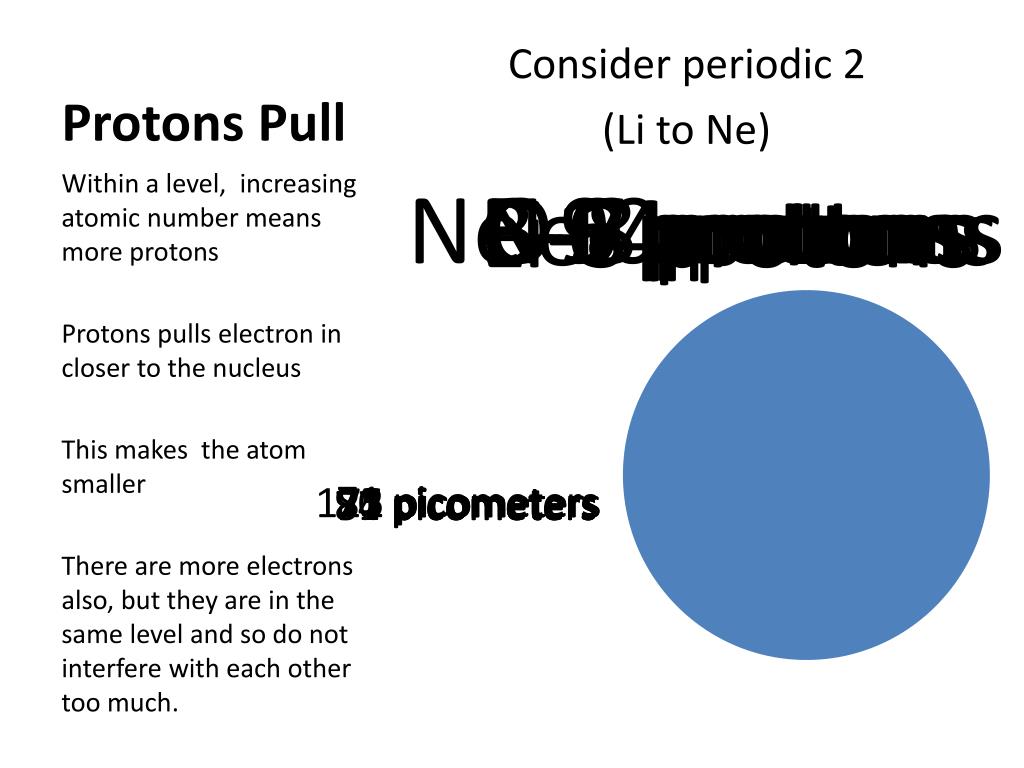
- #The driving force that pulls protons into the matrix free#
- #The driving force that pulls protons into the matrix crack#
I hope you can see that the Mitchellian chemiosmotic accounting is similar to the following banker & baker story.

To make you see the Moebius strip that Mitchell wove, I must present you some simple analogies first. Instead of finding a coherent idea to explain observations, Mitchell had resorted to finding observations and methodologies to fit an assumed idea. It is a surreal concept, and not based in any factual phenomena or any known or ascertainable theories of science. Since protons are “solubilized” in water (the solvent and they are also in an intricate equilibrium with them, forming aquated ions and also dissociation paradigms), the theoretical phenomenon (of trans-membrane unidirectional and cyclic proton movement) hypothesized by Mitchell has no bearing with diffusion or osmosis. Such an outcome results due to Brownian motion, and it could occur in the presence or absence of membranes, and is dependent on several variables (temperature, viscosity, etc.). On the other hand, diffusion is the equi-distribution of any solute within a solvent, which “appears” to be a movement of solutes from regions of higher concentration to regions of lower concentration. Osmolarity is a colligative property, which depends on the number (and not weight, charge, shape, etc!) of dissolved species within a solution.
#The driving force that pulls protons into the matrix free#
#B : Osmosis is the movement of solvent molecules from the region of lower osmolarity to the region of higher osmolarity, when the two phases are separated by a semi-permeable membrane which does not permit the free movement of solutes across. For example- If 0 = 0.000000001, then, one can use known and accepted mathematical operations to demonstrate that 0 = any random number! If one assumes a falsity to be true, then one can generate more false truths based on the false assumption.

This fundamental nature of mitochondria cannot be overlooked to ratify any theories. A bacterial flagellum works with ~10 3 protons (per rotation) unidirectionally rushing into a relatively open cytoplasm whereas here, we have ~10 1 protons (per rotation) cycling through the cytoplasm-periplasm (inter-membrane space). Seeing it differently and comparing with a bacterial flagellum also does not give any suitable model.
#The driving force that pulls protons into the matrix crack#
If the water trickled through a crack on the wall to stagnate at the bottom, the turbine would rather get rusted, and not rotate! Somehow, the analogy of mitochondrial proton pump approaches that of the latter scenario. Further, the water that flows across the turbines should also have a free exit at the bottom. #A : In a hydroelectric power plant, the generator’s turbines would only rotate if a large volume of water rushed through at high speeds (by opening the gates at the catchment on top). ( Addendum to Manoj, Biochemistry Insights 2018 ) Supplementary Information: Discussion for the non-experts What is the alternate hypothesis proposed (for which evidence and arguments are available)? In toto, none of the four components of the prevailing explanatory paradigm (rotary ATP synthesis, chemiosmosis principle, proton pumps, and electron transport chain) are viable independently or comprehensively cohesive/compatible with each other.Ģ. This is because Complex V has more than ten million folds affinity for ATP compared to ADP.Į.

Rotary ATP synthesis by Complex V is a thermodynamically and kinetically non-viable option under the physiological conditions. Consequentially, the purported electron transport chain, therefore, serves little purpose! (Why should it generate water at the expense of redox equivalents?) Also, there is little probability that several decades of electron transfer steps can be "deterministically" coordinated in the time-frame of the physiological reaction, with the available structure and distribution of mitochondrial Complexes.ĭ. The concept of Chemiosmosis is thermodynamically non-viable because if the protons move across the inner membrane as an exothermic/exergonic process, the inward movement across the same membrane would be an endothermic/endergonic process, which cannot power the endothermic/endergonic ATP-synthesis by Complex V.Ĭ. Quite simply, the finger-countable protons in the mitochondria cannot serve the tens of thousands of protein complexes to generate a proton-gradient across the inner mitochondrial membrane.ī.


 0 kommentar(er)
0 kommentar(er)
